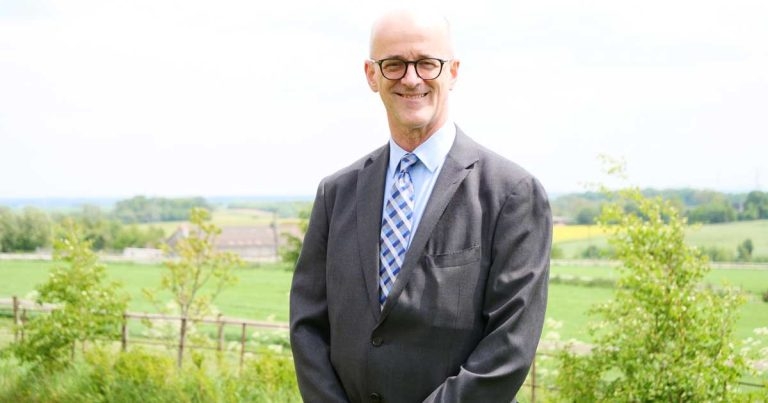6 Jul 2023
Centre for Innovation Excellence in Livestock report shows current technology and practices could deliver 24% carbon dioxide equivalent emission reduction – well below current 64% goal.

Mark Young, CIEL's innovation specialist.
The livestock sector is currently set to fall well short of an ambitious 64% reduction in carbon dioxide equivalent emissions.
Current technology and practices mean a 24% reduction is possible, even with high rates of uptake.
The conclusion came in a Centre for Innovation Excellence in Livestock (CIEL) report, which is aiming to guide the sector to accelerate innovation to achieve net zero.
It said more innovations in technology, services and management approaches were needed to close the remaining emissions reduction gap.
Mark Young, innovation specialist at CIEL, said greenhouse gas emissions could be lowered considerably through better livestock management practices.
Dr Young said: “Obstacles must be removed to improve uptake of known strategies for reducing emissions, and a systematic approach implemented to create an enabling environment that will accelerate further innovation within the sector.”
He added: “The areas highlighted in this report are where a major proportion of resources should be focused, to deliver the additional emission reductions needed.
“We expect these reductions will come from lower emission feed production systems, increased feed efficiency, improved animal health and greater nutrient circularity.”
Dr Young added positives could be noted, but more substantial change was needed if the UK was to meet its net zero target by 2050 and it was not down solely to farmers.
Dr Young said: “Farmers shouldn’t be expected to deliver this on their own. They will need support to implement both known strategies to reduce emissions and new strategies to bridge the gap we have identified.
“This report is a call to policymakers and farming leaders to focus further investment in innovation to help the livestock industry to reduce emissions in areas identified in this ‘bridging the gap’ report.
“While there may be other areas that offer significant emission reductions, those reported on here are a good place to start.
“This emphasises the critical need for new innovations and for change to be rapid and widespread, to actively support adoption of both known and new technologies.”